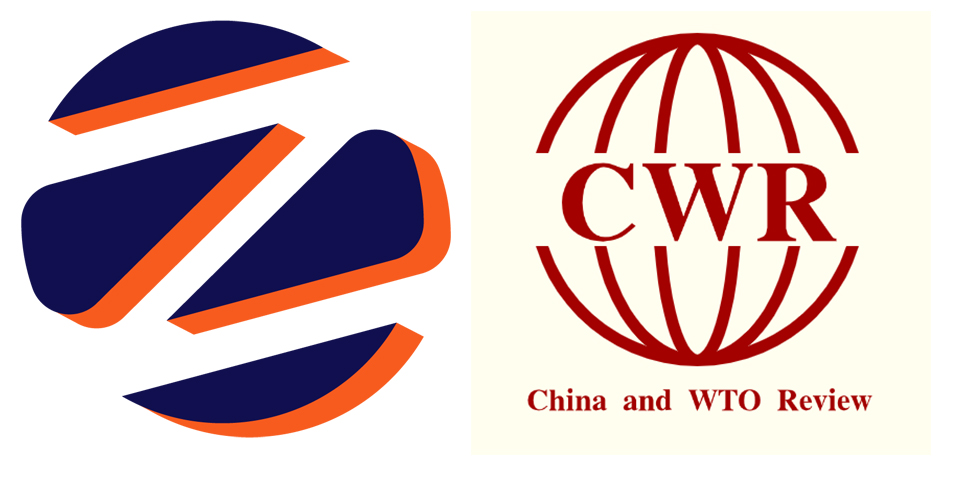Negotiating RCEP: The Role of ASEAN in Middle-Power Diplomacy
Keywords:
ASEAN, Free Trade Agreement, Middle-Power Diplomacy, RCEP, SWOT AnalysisAbstract
The members of the Association of Southeast Asian Nations (ASEAN) engaged with each other and their five major neighbors in the Asia-Pacific region, namely China, Japan, South Korea, Australia, and New Zealand, to develop the Regional Comprehensive Economic Partnership (RCEP), a comprehensive free trade agreement streamlining all previous agreements among the participating countries. This article applied the strengths, weaknesses, opportunities, and threats (SWOT) method in assessing the RCEP and the key role played by the ASEAN in the negotiation process through middle-power diplomacy. The RCEP’s strengths in economic integration and weaknesses in certain policy areas encapsulate ASEAN centrality and its strategy of hedging on China, the sole great power in the agreement. The opportunities and threats to the RCEP posed by the increasing geopolitical tensions between China and the US amid the COVID-19 pandemic, meanwhile, demonstrate the complex regional and global geopolitical situation that ASEAN should navigate to ensure the success of the RCEP and maintain centrality in the process.
Downloads
Published
Issue
Section
License

This work is licensed under a Creative Commons Attribution-NonCommercial 4.0 International License.




